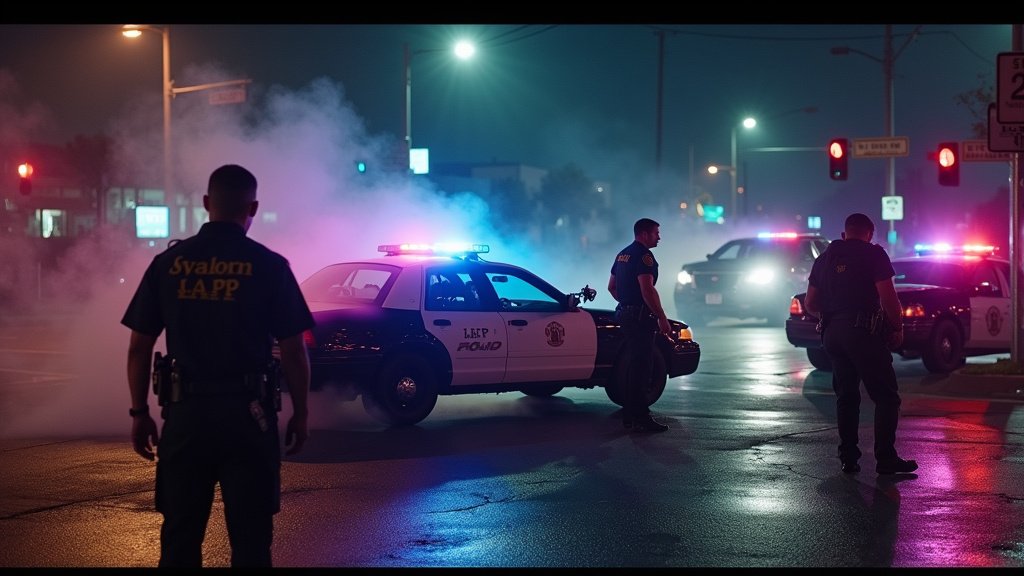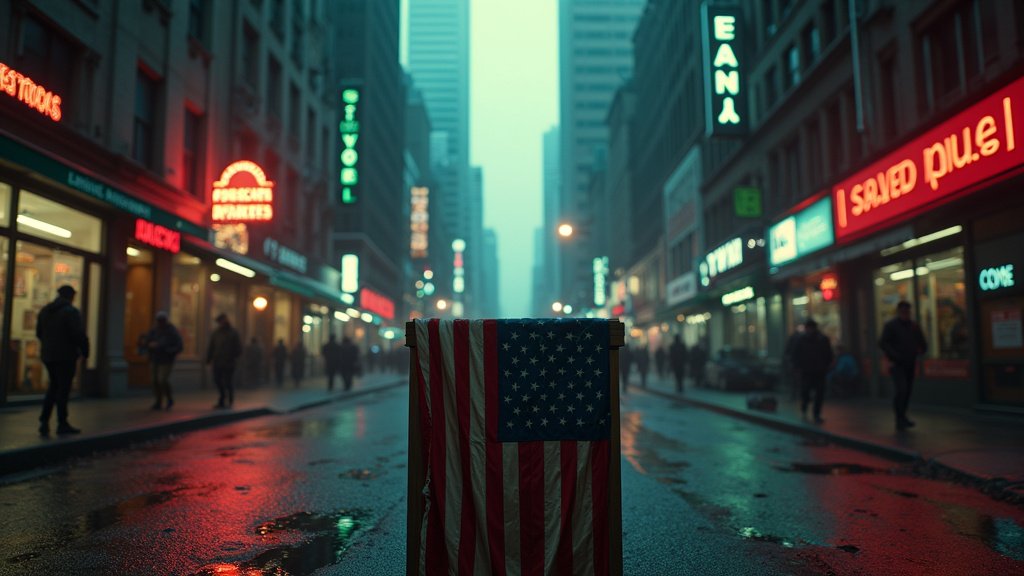SOUTHERN CALIFORNIA – Increased immigration enforcement activity across Southern California has led to a significant rise in arrests, sparking protests and prompting the deployment of federal assets, including National Guard troops and U.S. Marines, to downtown Los Angeles. These developments underscore the intensifying complexities of immigration policy and its impact on communities throughout the region.
Adding to the multifaceted situation, a local school district is requesting a federal investigation into an alleged incident involving immigration agents, while the high-profile arrest of renowned boxer Julio César Chávez Jr. by federal authorities has drawn international attention.
Escalating Enforcement and Federal Deployment
The surge in immigration arrests has become a focal point of public discourse and unrest in Southern California. Protests have materialized in response to the increased enforcement efforts, creating a tense atmosphere in affected areas.
In a notable move reflecting the escalating situation, federal authorities have reportedly deployed personnel to the heart of the region. National Guard troops and U.S. Marines were dispatched to downtown Los Angeles, a measure indicating the heightened federal response to the situation on the ground as of July 3, 2025.
School District Alleges Incident, Seeks Federal Probe
The El Rancho Unified School District in Pico Rivera has formally requested a federal investigation into an incident that allegedly occurred on June 17 at Ruben Salazar High School. According to the district, surveillance footage from between 8:54 and 9:04 a.m. on that date purportedly shows federal immigration agents urinating near storage containers on school grounds. The location of this alleged act is particularly sensitive, being close to a preschool playground and a public park adjacent to the school.
The district’s request highlights concerns over the conduct of federal agents operating near school facilities and their potential impact on the safety and environment of students and the community. The outcome of any potential federal investigation into this specific allegation remains pending.
High-Profile Arrest of Julio César Chávez Jr.
In a separate but prominent development, Mexican boxer Julio César Chávez Jr., aged 39, was arrested by U.S. Immigration and Customs Enforcement (ICE). The arrest stems from allegations that Mr. Chávez Jr. overstayed his visa and lied on a green card application. These alleged violations could potentially lead to his deportation to Mexico.
Federal sources indicate that Mr. Chávez Jr. faces significant legal challenges in Mexico, including organized crime charges there. The U.S. immigration proceedings are complicated by these standing charges in his home country.
Timeline and Circumstances of Boxer’s Apprehension
Details surrounding Mr. Chávez Jr.’s arrest provide a specific timeline of events. The Department of Homeland Security (DHS) reportedly made the decision regarding his arrest on June 27. Notably, this decision was reached just one day before the boxer was scheduled to compete in a fight against Jake Paul in Anaheim, a highly anticipated event in the combat sports world.
Federal agents reportedly apprehended Mr. Chávez Jr. on Wednesday, July 2. The arrest allegedly took place while he was riding a scooter in the Studio City neighborhood of Los Angeles. This sequence of events underscores the swift action taken by federal authorities following the DHS decision.
Unrelated Incident at Juvenile Hall
In other news from the region, an unrelated incident involving the attempted introduction of contraband into a juvenile detention facility has resulted in felony charges. A civilian contract tutor and a teenage ward have been charged with felonies in connection with allegations that they attempted to smuggle over 170 white pills into Los Padrinos Juvenile Hall in Downey. The pills are believed to be Xanax.
This incident, while distinct from the immigration-related developments, highlights ongoing challenges faced by correctional facilities in preventing the introduction of illegal substances.
Conclusion
The confluence of increased immigration arrests, the visible presence of federal military personnel, a school district’s call for investigation into agent conduct, and a high-profile deportation case underscores a period of significant activity and tension surrounding immigration and law enforcement in Southern California as of July 3, 2025. These diverse events reflect the complex interplay of federal policy, local community concerns, and individual legal circumstances unfolding across the region.





